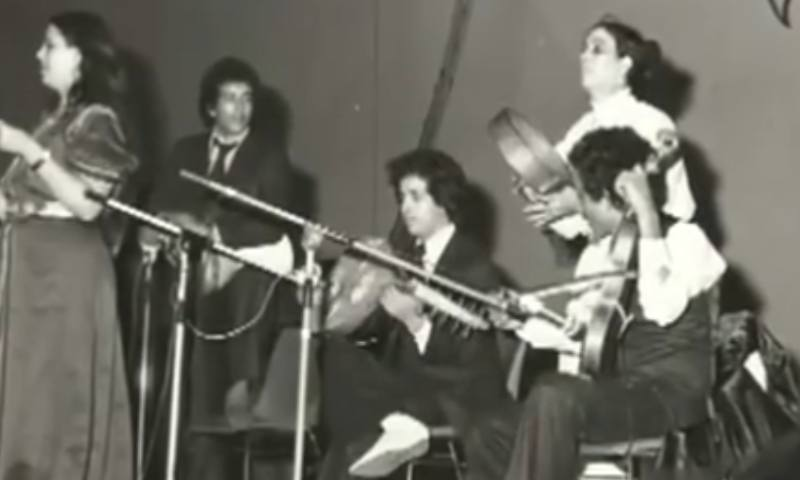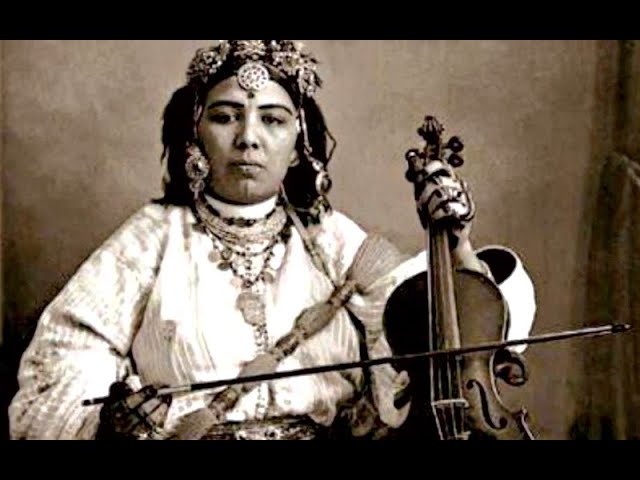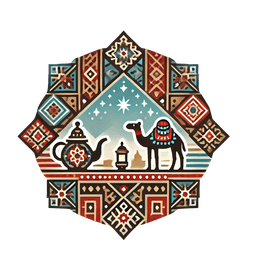- Published on
The Enchanting Sounds of Moroccan Aita Unraveling the Rich Cultural Heritage
- Authors

- Name
- Adil ABBADI
Introduction
In the vibrant streets of Morocco, where the sounds of oud and qraqeb fill the air, lies a hidden treasure - Aita. This centuries-old traditional music genre has been woven into the fabric of Moroccan culture, echoing the country's deep emotional roots and rich heritage. In this blog, we'll embark on a journey to unravel the enchanting sounds of Moroccan Aita, exploring its history, significance, and the artisans who keep this tradition alive.
- What is Aita?
- The History of Aita
- Instruments Used in Aita
- Aita and Moroccan Culture
- Aita's Emotional Depth
- Modern Aita: Fusion and Innovation
- Preserving Aita's Heritage
- Conclusion
- Embrace the Rhythm
What is Aita?
Aita is a traditional Moroccan music genre that originated in the country's northern regions. Characterized by its soulful melodies, poignant lyrics, and mesmerizing rhythms, Aita is often described as a fusion of Arabic, Andalusian, and Berber musical influences.

The History of Aita
With roots dating back to the 16th century, Aita has evolved over time, absorbing various cultural influences. From its inception in the courts of the Sultanate to its adaptation by common people, Aita has remained a symbol of Moroccan cultural identity.
Instruments Used in Aita
Aita is typically played on a range of traditional instruments, including:
- Oud: A pear-shaped stringed instrument, often considered the king of Arabic instruments.
- Qraqeb: A pair of metal castanets used to create rhythmic patterns.
- Violin: Introduced during the French colonial period, the violin has become an integral part of modern Aita ensembles.

Aita and Moroccan Culture
Aita is deeply embedded in Moroccan culture, often performed during special occasions such as weddings, festivals, and spiritual gatherings. The genre is revered for its ability to evoke emotions, tell stories, and bring people together.
Aita's Emotional Depth
Aita's lyrics often revolve around themes of love, longing, and nostalgia, resonating deeply with listeners. The genre's emotional intensity is attributed to its unique blend of Arabic and Berber influences, which have shaped Moroccan culture over centuries.
Modern Aita: Fusion and Innovation
In recent years, Aita has undergone a transformation, incorporating modern elements while staying true to its traditional roots. This fusion has led to the emergence of new sub-genres, attracting a younger audience and ensuring the genre's continued relevance.
.jpg)
Preserving Aita's Heritage
Efforts are being made to preserve Aita's cultural significance, with initiatives such as music schools, festivals, and documentation projects. These endeavors ensure that the genre's rich heritage is passed down to future generations.
Conclusion
Moroccan Aita is a timeless treasure, weaving together the country's complex cultural tapestry. As we conclude this journey, we're reminded of the importance of preserving traditional music genres and the artisans who keep them alive. Let the enchanting sounds of Aita continue to captivate and inspire, bridging the gap between Morocco's rich past and its vibrant present.
Embrace the Rhythm
Closing call-to-action encouraging readers to explore Aita and its cultural significance.
